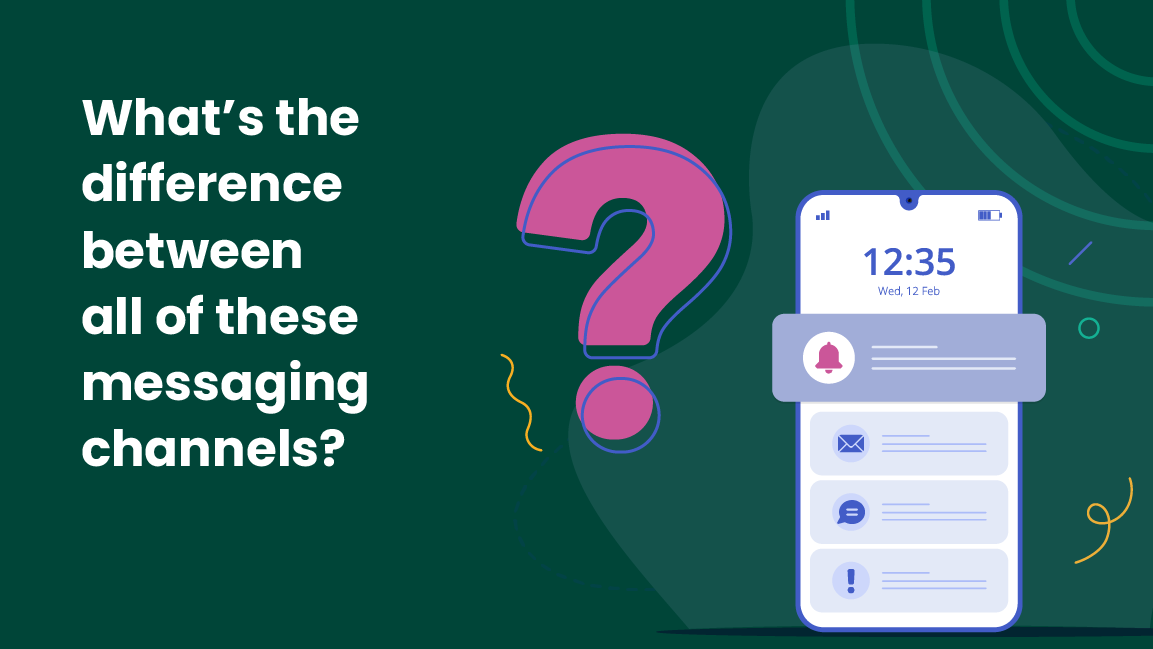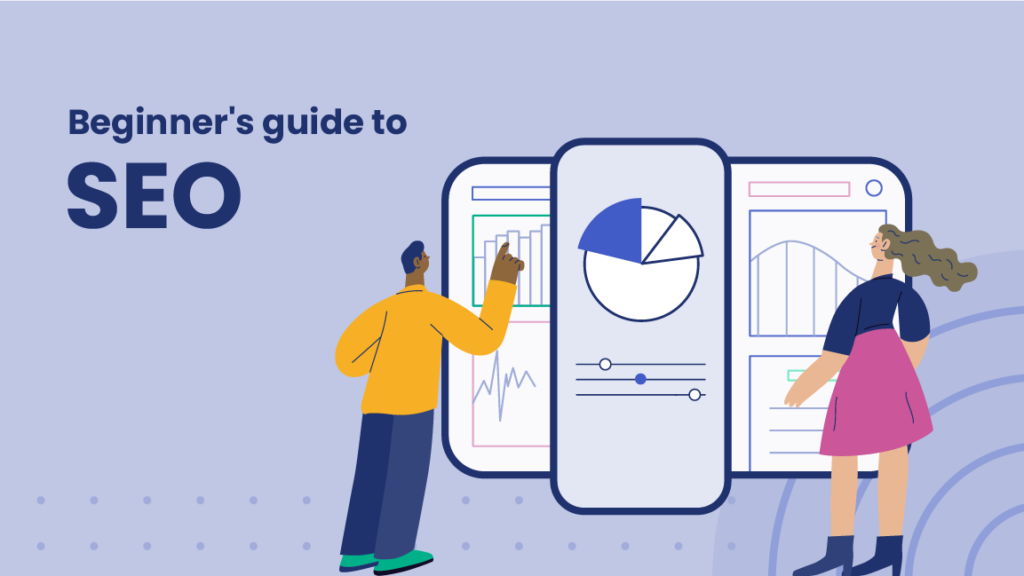Notification nirvana: Boost resident adoption and convenience by right-sizing communication

We receive dozens of notifications per day across our phones, computers, and perhaps even our watches. We’ve trained ourselves to filter the barrage of messages and process only the most critical information.
More and more of the governments, businesses, and critical services we engage with are adopting digital-first approaches to communication, and yet, not all of them are doing it well. As a result, we are seeing residents exhausted by the information filtration process, reducing the sender’s perceived credibility.
In this blog post, we’ll talk about the effective use of notifications to capture the attention of residents to boost adoption, trust, and, ultimately, agency revenue. We’ll take lessons learned and share some tools that make it easier to walk the tightrope of sending communications in the right place and at the right time.
What’s the difference between all of these channels?
One of the fundamental aspects of a successful notification strategy is understanding when to use each channel. Each mode of communication has its strengths and is suitable for different scenarios.
Ideal for delivering detailed information, such as payable reminders or updates. Email provides a formal and comprehensive platform for communicating important messages.
Text messages (AKA SMS – Short Messaging Service)
Text messages are perfect for time-sensitive alerts and reminders. Given their higher open rates and prompt readability, making them an excellent choice for urgent communications.
Push notifications
A short message that appears as a pop-up on your desktop browser, mobile home screen, or in your device notification center from a mobile app. Effective for real-time updates and engagement, offering immediate attention capture, especially for time-critical information.
Does it actually matter how and when my agency reaches out to residents?
You bet it does! Agencies that successfully navigate the notification landscape are those that understand the importance of timing, relevance, and the choice of communication channels. Sending the right message to the right person at the right time is an art, and it requires a thoughtful approach.
Tuesdays & Saturday afternoons are safe bets for sending notifications to residents
Tuesdays and Saturdays have been reported as the best days to send SMS notifications to residents. Analysis from Omnisend, has also shown that the 12:00-1:00 pm lunch break time slot is an optimal window for notifications since it aligns with recipient availability to engage with the agency. On the flip side, Mondays and late evenings after 8 pm are the worst times to send SMS notifications, noting especially low engagement.
Choosing the right channel with PayIt:
Use Case: Automated payable reminders
In a world where bills and due dates often slip through the cracks, automated payable reminders ensure that residents are notified at optimal times, reducing the likelihood of missed payments. The integration of SMS reminders adds a dimension of immediacy and convenience, effectively bridging the communication gap by reaching residents in real-time, regardless of their location.
When it comes to resident communication, PayIt empowers agencies to choose the right channel for the right message. Whether it’s the formality of email, the urgency of SMS, or the instant impact of push notifications, PayIt allows users to tailor their communication strategy to the specific needs of their audience.
Conclusion: Striking the right chord
In the cacophony of digital notifications, agencies need to understand the importance of striking the right chord with their external communication strategy. The lessons learned from the overwhelming barrage of messages can be applied to create a strategy that fosters resident engagement without causing fatigue.
Here are three quick tips to help you get started and optimize notifications.
- Channel optimization: Align your channel selection with the message’s content and urgency. Timing and Relevance Matter. For example, email for detailed info, SMS for time-sensitive alerts, and push notifications for immediate attention.
- Minimize fatigue: Pick your spots and avoid a barrage of semi-useful messages. Maintain digital adoption by respecting resident’s attention.
- Encourage feedback: Encourage residents to share their thoughts on the effectiveness of communication. Incorporate their insights into your notification strategy to ensure it evolves with changing needs and preferences.
With tools like PayIt, agencies can navigate the digital tightrope, ensuring that their messages resonate in the right place at the right time.
Interested in learning more about how to build your resident communication strategy? Download the PayIt Digital Adoption Guide.
Looking for more content?
Get articles and insights from our monthly newsletter.




